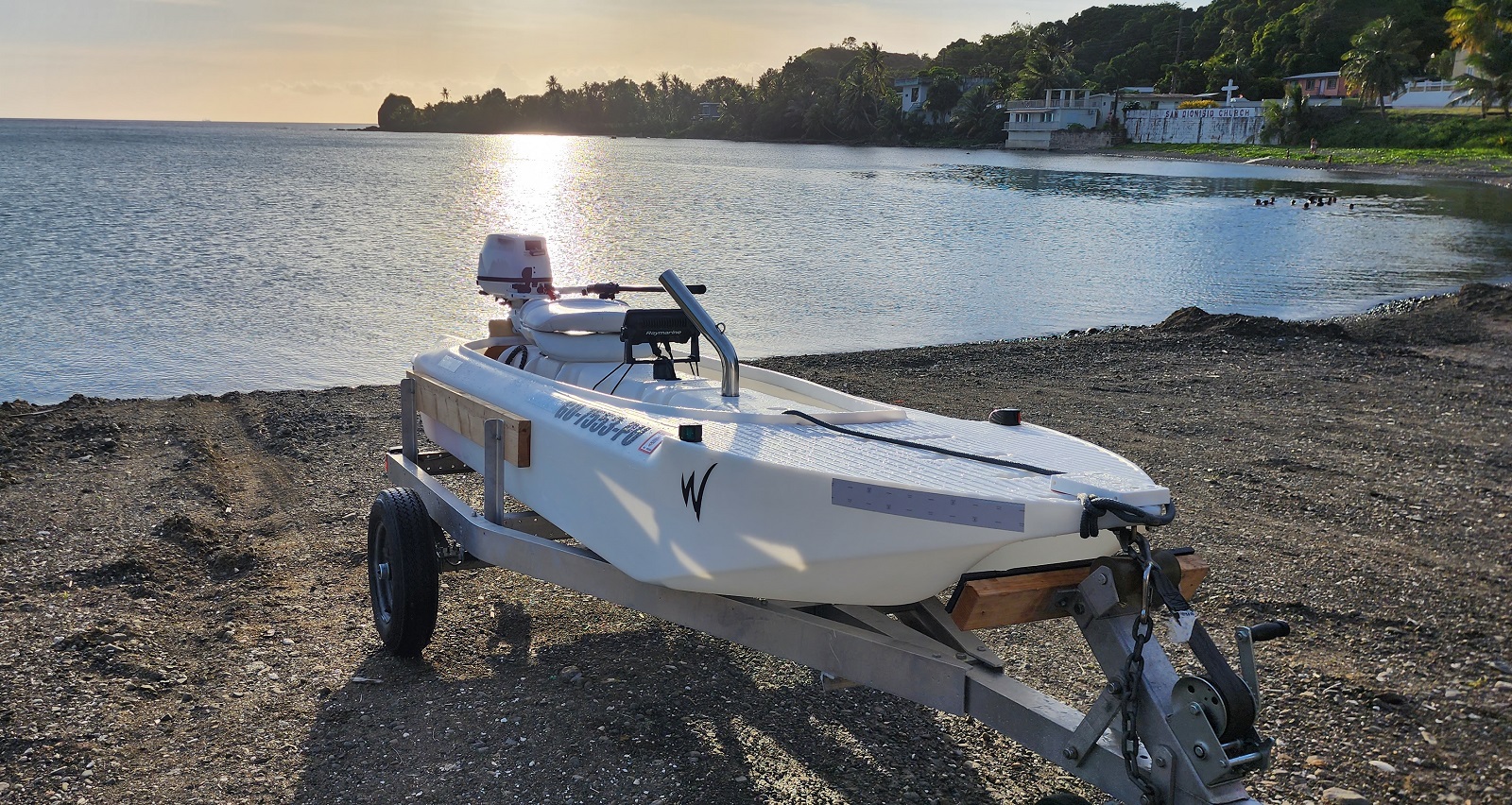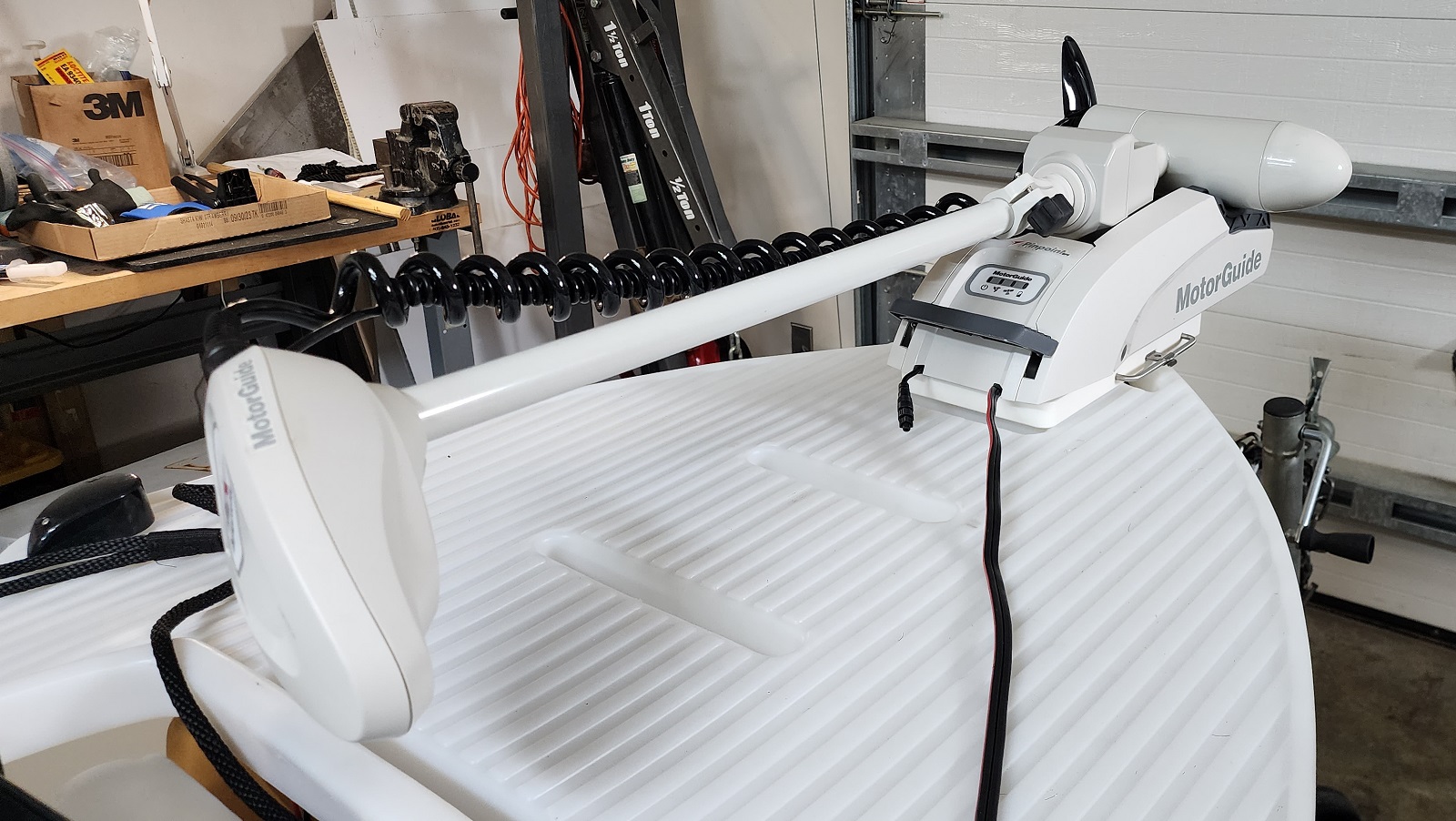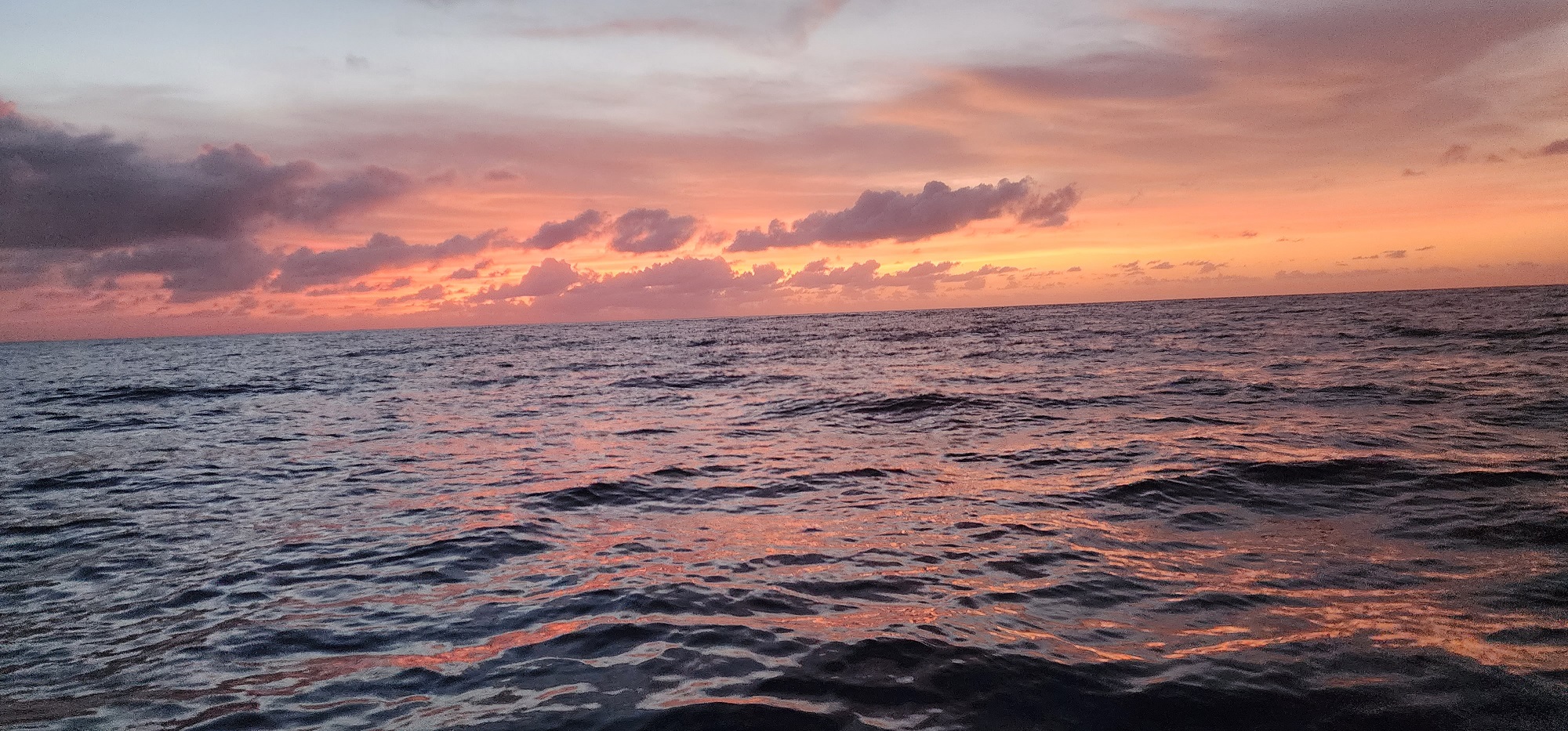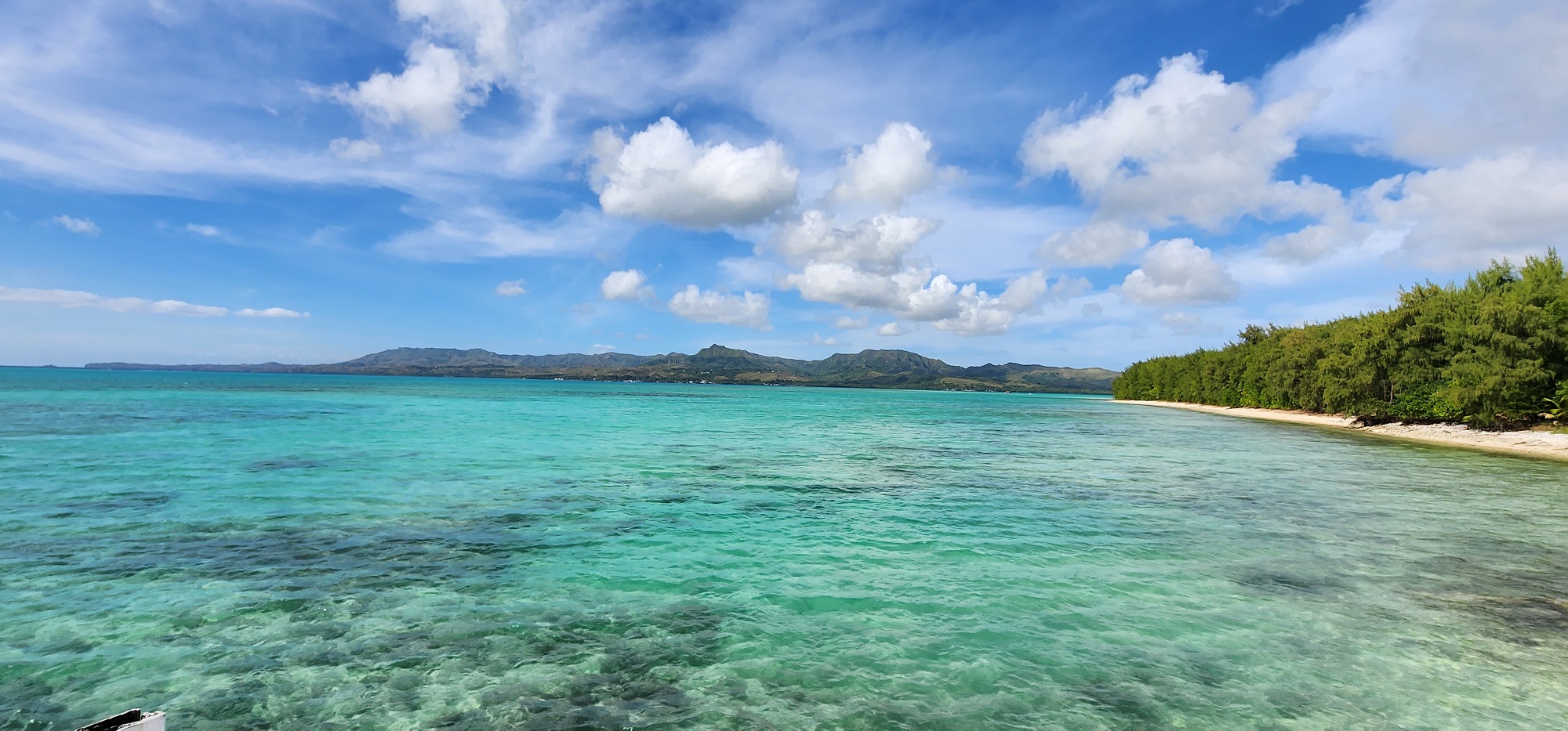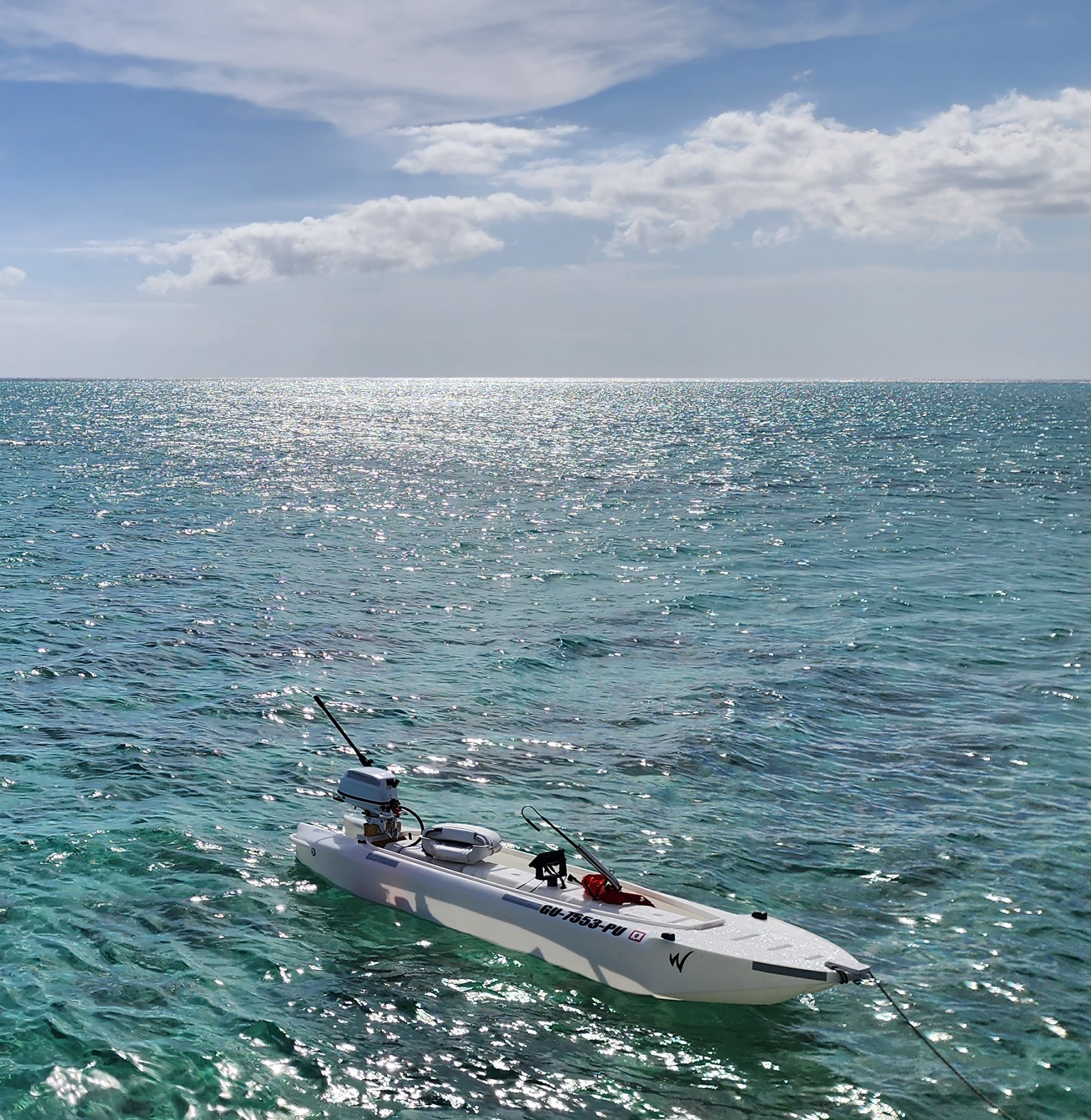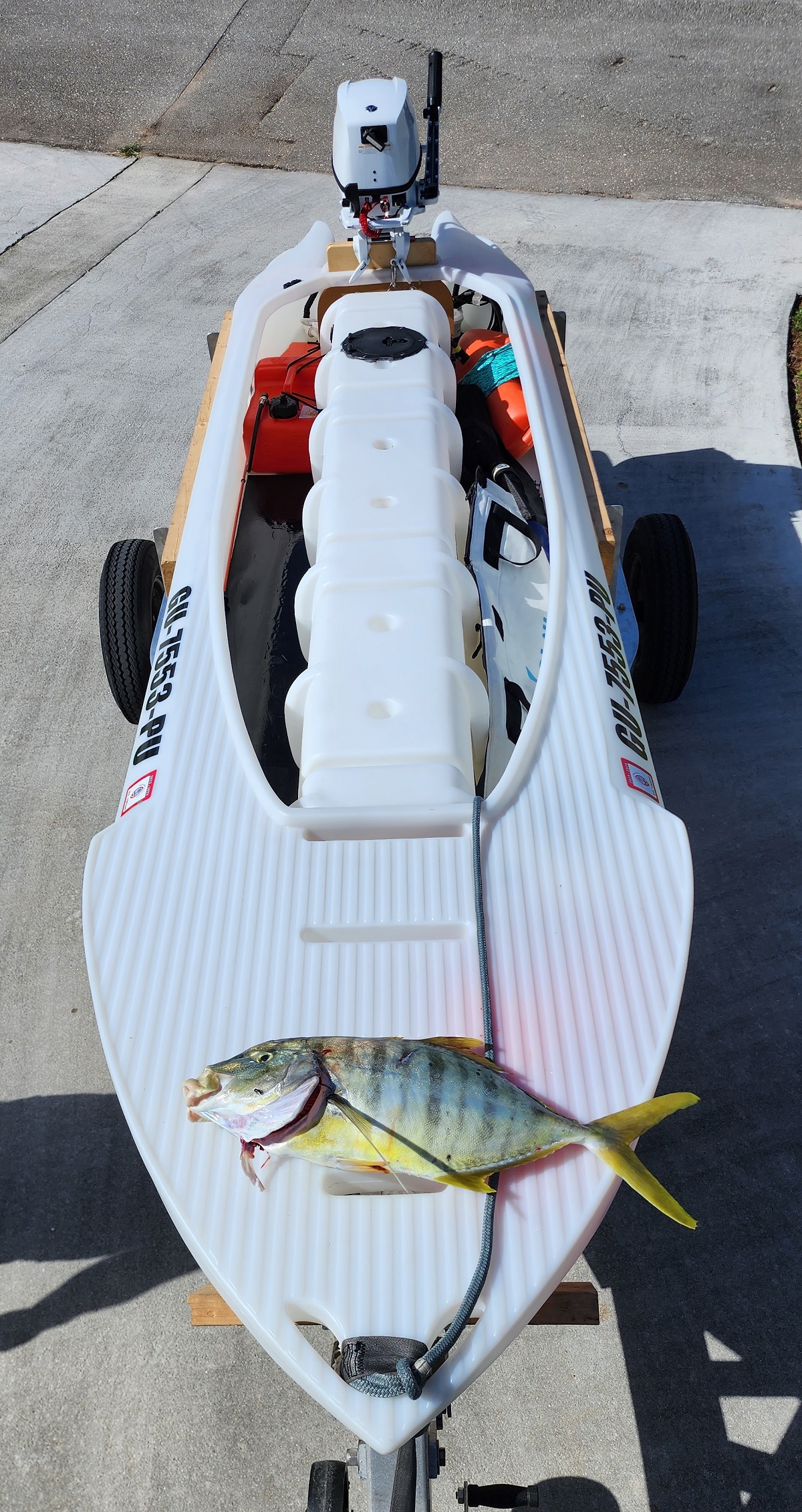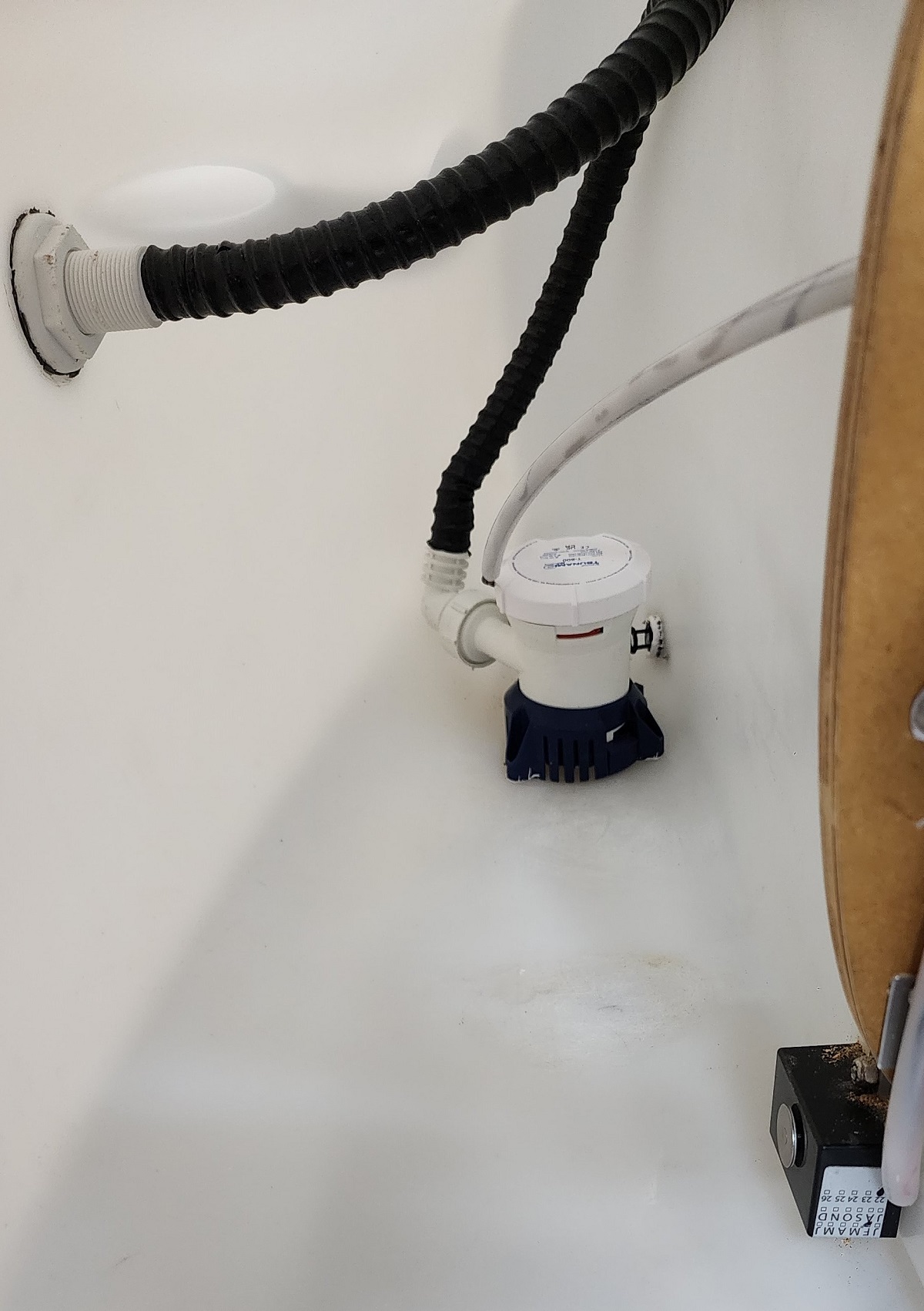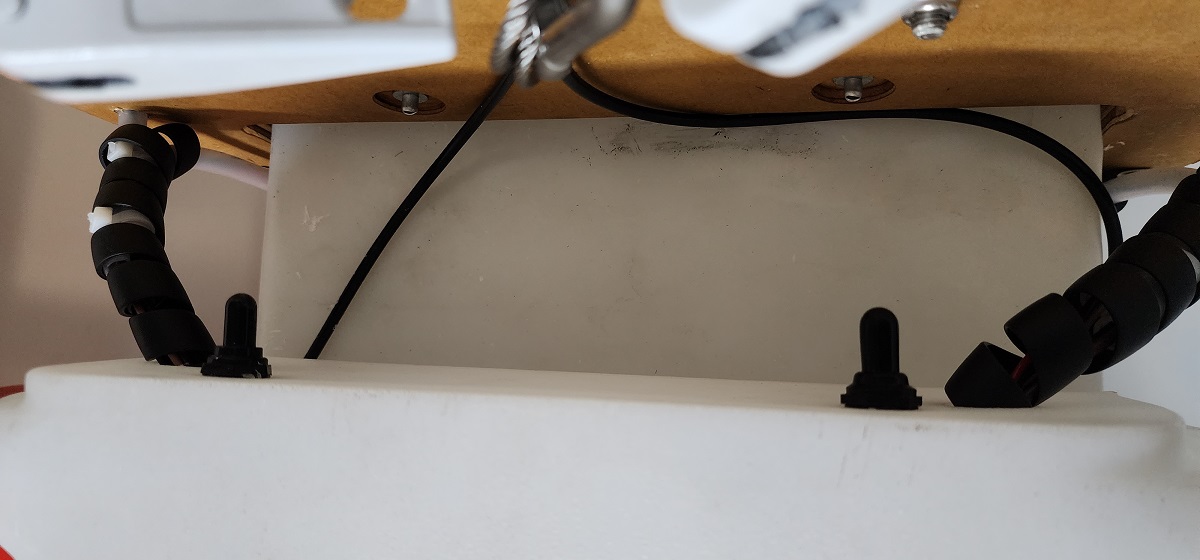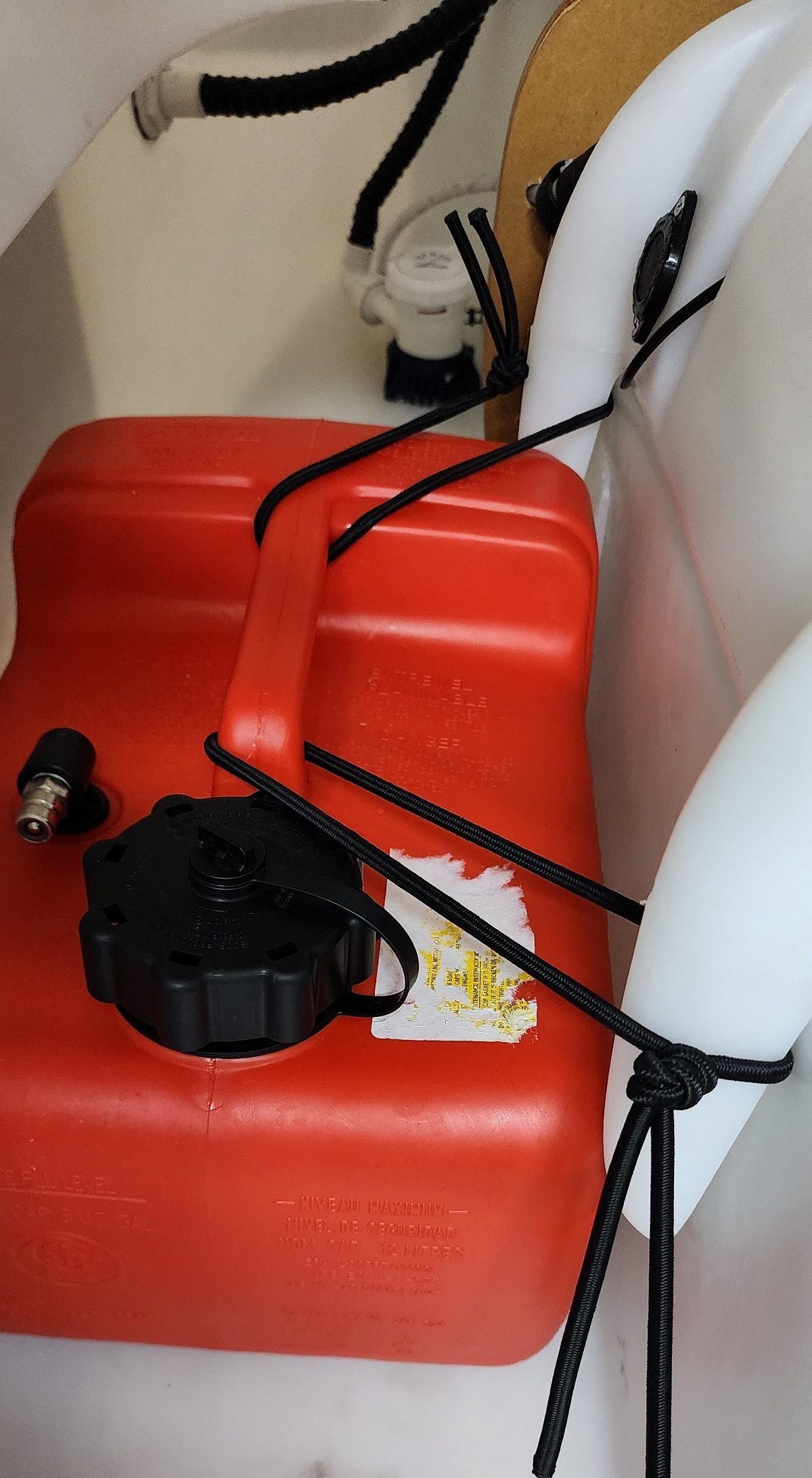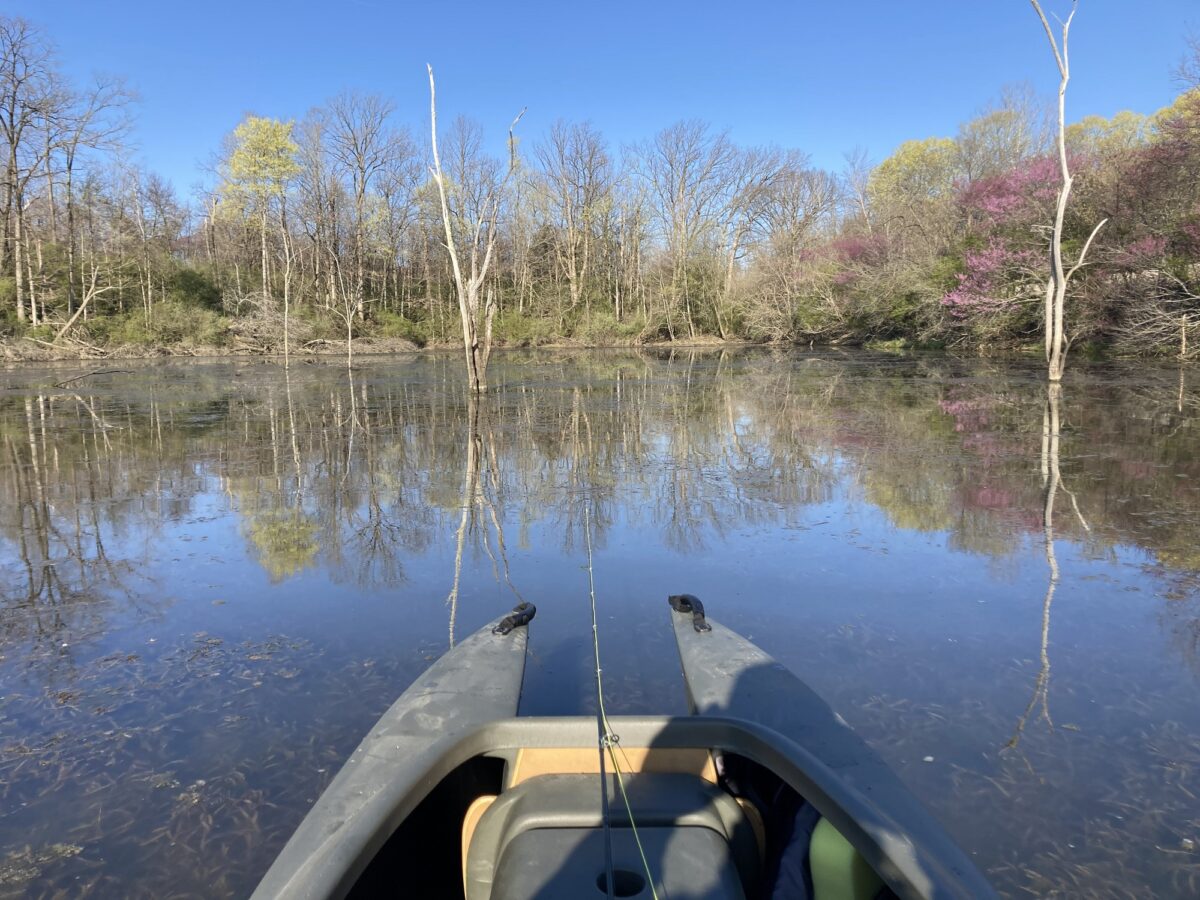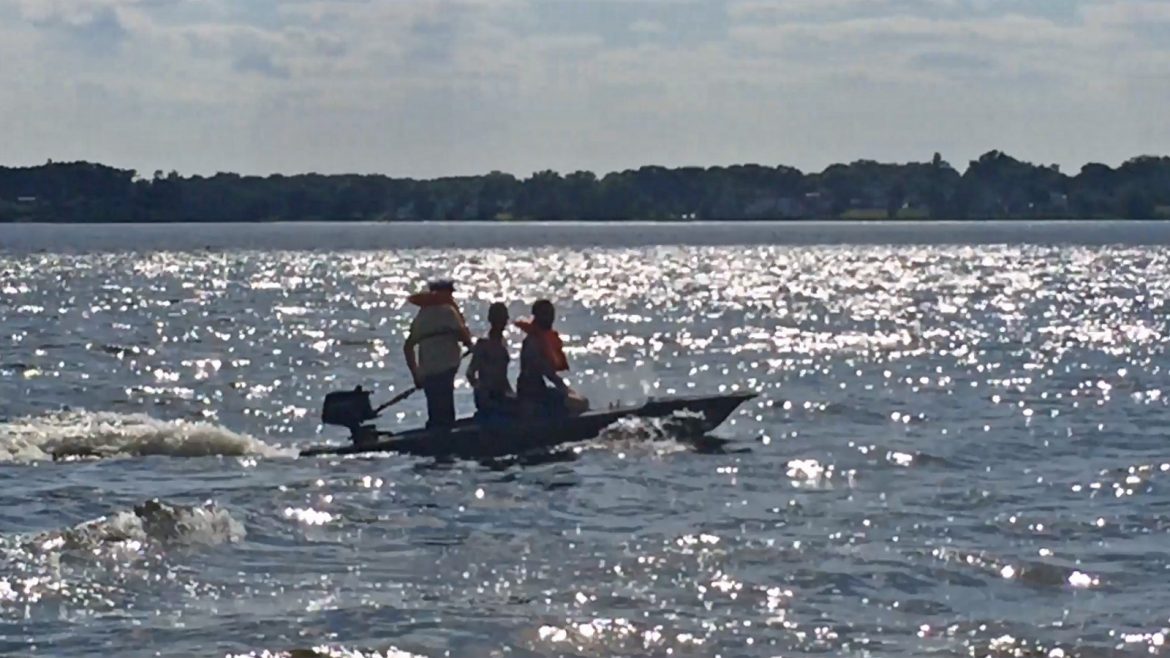The S4 Microskiff and W720 Kayak-Skiff are maintenance-free boats
Q: What is a maintenance-free boat?
A: It’s a boat that requires no maintenance at all – zero maintenance.
Q: What is the best practice for maintenance of these boats?
A: Do nothing, because these boats require no maintenance at all, literally.
How is this possible?
The S4 and W720 are roto-molded from High Density Polyethylene (HDPE), a polymer resin used for molding kayaks, fuel tanks, and chemical tanks, as well as water tanks that stand on top of buildings for decades, and animal feeders that stand outdoors for decades.
HDPE is also used for making irrigation pipes that are buried underground for decades, and other equipment that’s required to resist corrosion and extreme climatic conditions.
HDPE is the resin of choice for all these demanding applications thanks to the fact that it is both chemically stable and physically resilient and therefore impact resistant. Both qualities make it extremely durable.
1. Do I need to paint or coat the bottom of my S4 Microskiff?
No. Doing so would be pointless, and practically impossible to carry out in the first place, because no paint or adhesive sticks well to Polyethylene (PE) surfaces, since PE is a polymer with a very low surface tension.
2. Do I need to paint my S4 with a protective anti-UV coat?
No. There is no need for this, since the HDPE resin used for molding this boat is treated with anti-UV protecting agents.
3. Do I need to protect my S4 against extreme cold?
No, but you should make sure that the hulls don’t get filled with rainwater or snow that could melt and later freeze again. Freezing water expands while turning to ice, and this can cause cracks in the vessel.
4. Do I need to fill scratches in the hulls?
No. Scratches in Polyethylene don’t expand, and they don’t turn into cracks.
5. Can I use detergents and solvents to clean the boat?
Yes. Polyethylene resists both types of chemical products.
6. Do I need to protect my S4 from saltwater?
No. Saltwater has no effect on Polyethylene hulls.
7. Can I store the boat upside down?
Yes, although the best is to store it in its regular position. We dis-recommend storing it on its side for prolonged periods of time, and storing heavy objects (e.g. appliances) on top of it. Also, when storing it, avoid applying pressure on it, such as with ratcheted straps.
8. What about the outboard motor?
Motors are outside the scope of this article. Every outboard motor requires maintenance, and comes from its manufacturer with a book that includes maintenance instructions. In case you don’t have such a book, you can find instructions online, on the outboard manufacturer’s website.
| Best Boat For Under $10,000 in 2024 |
Do you have any questions about this article?


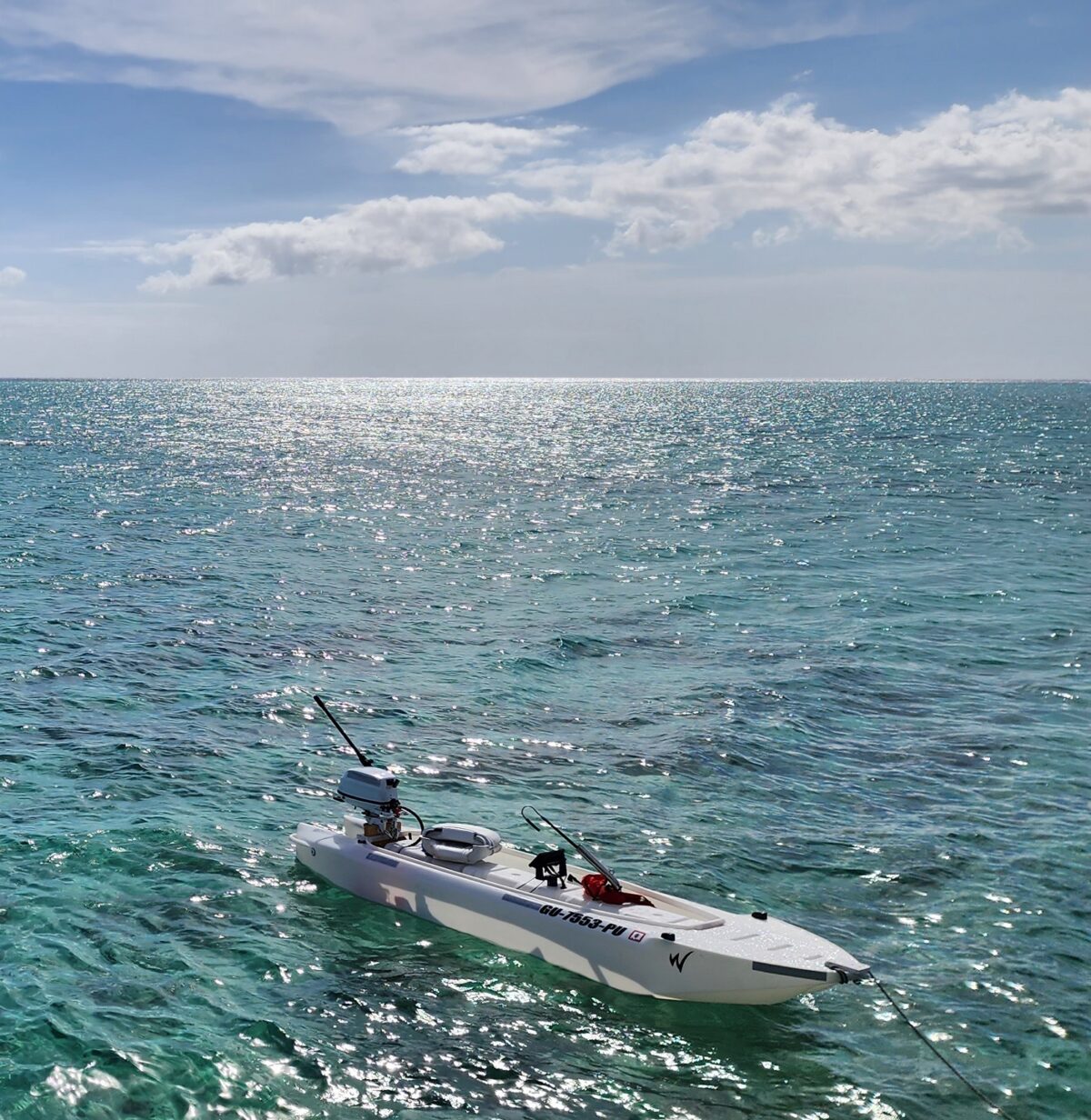
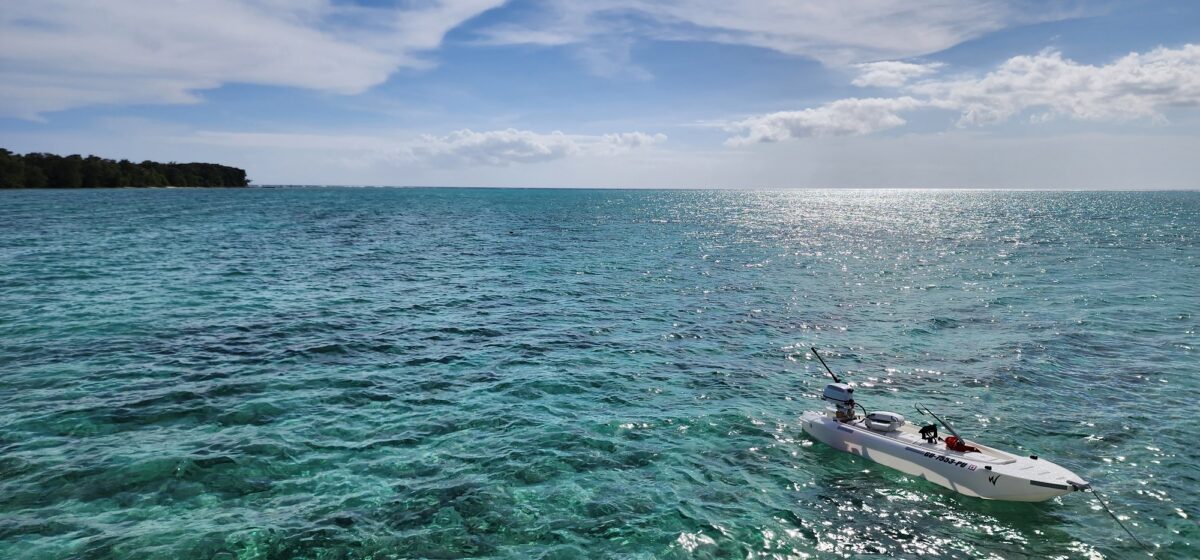
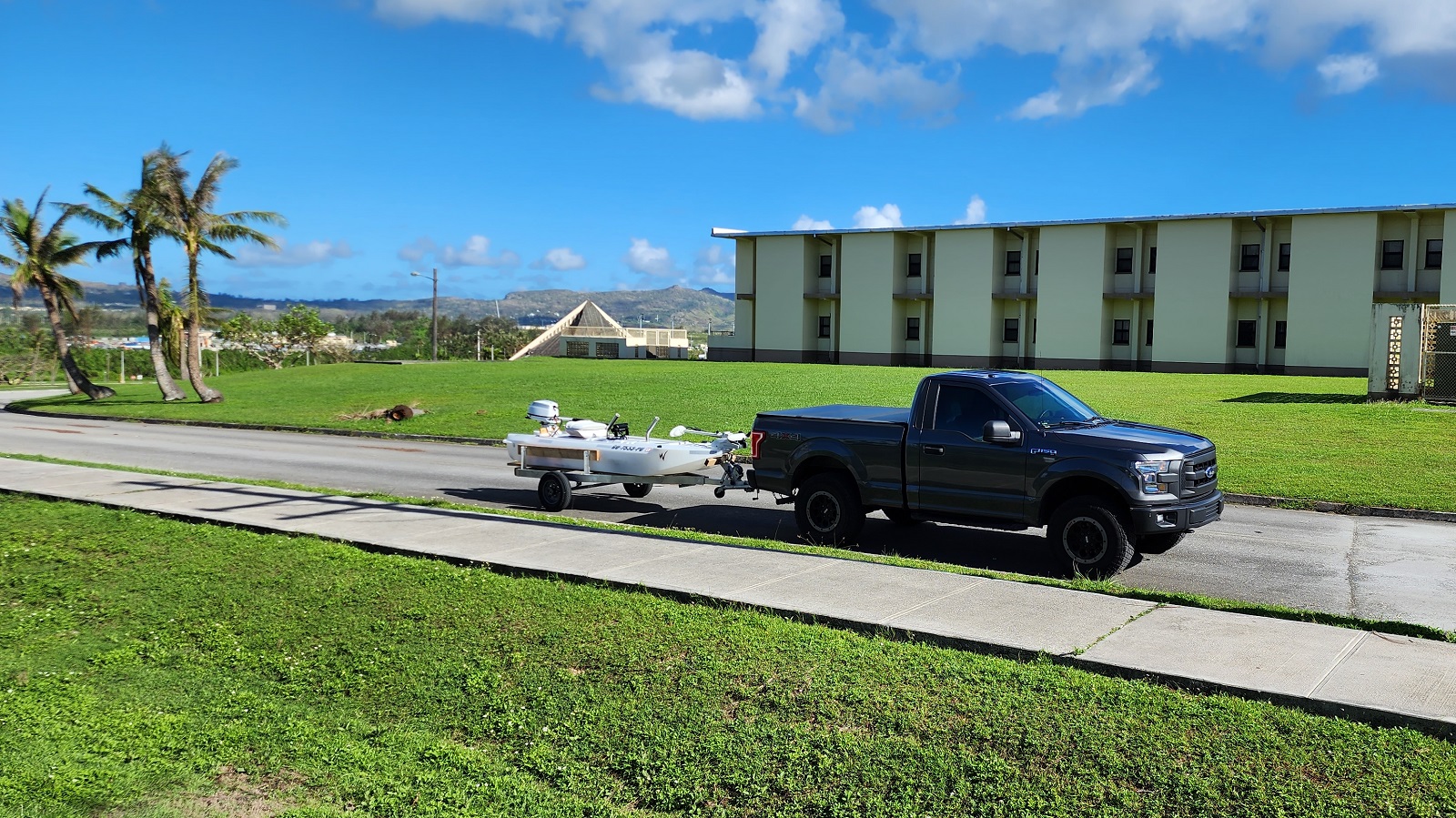
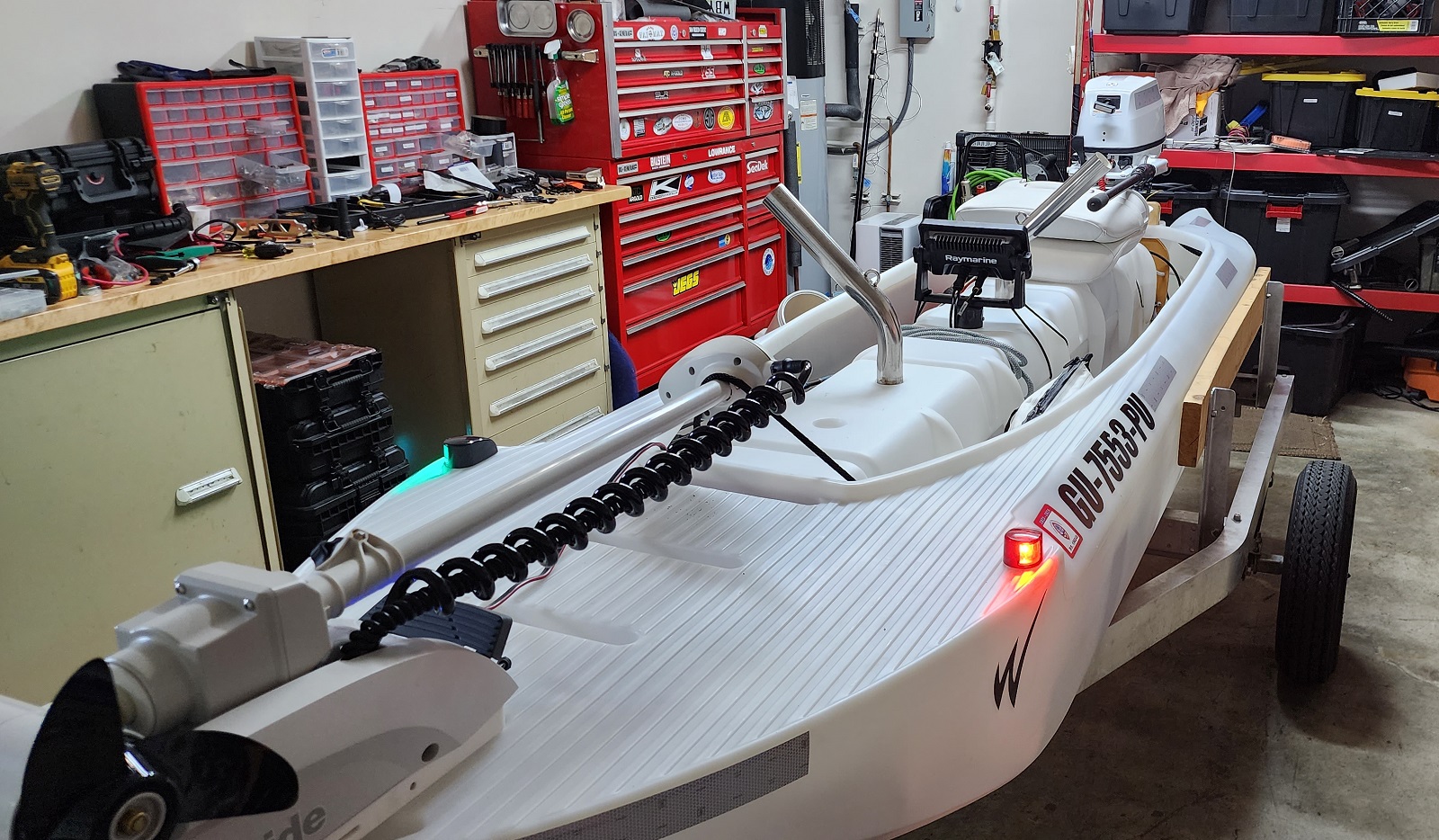
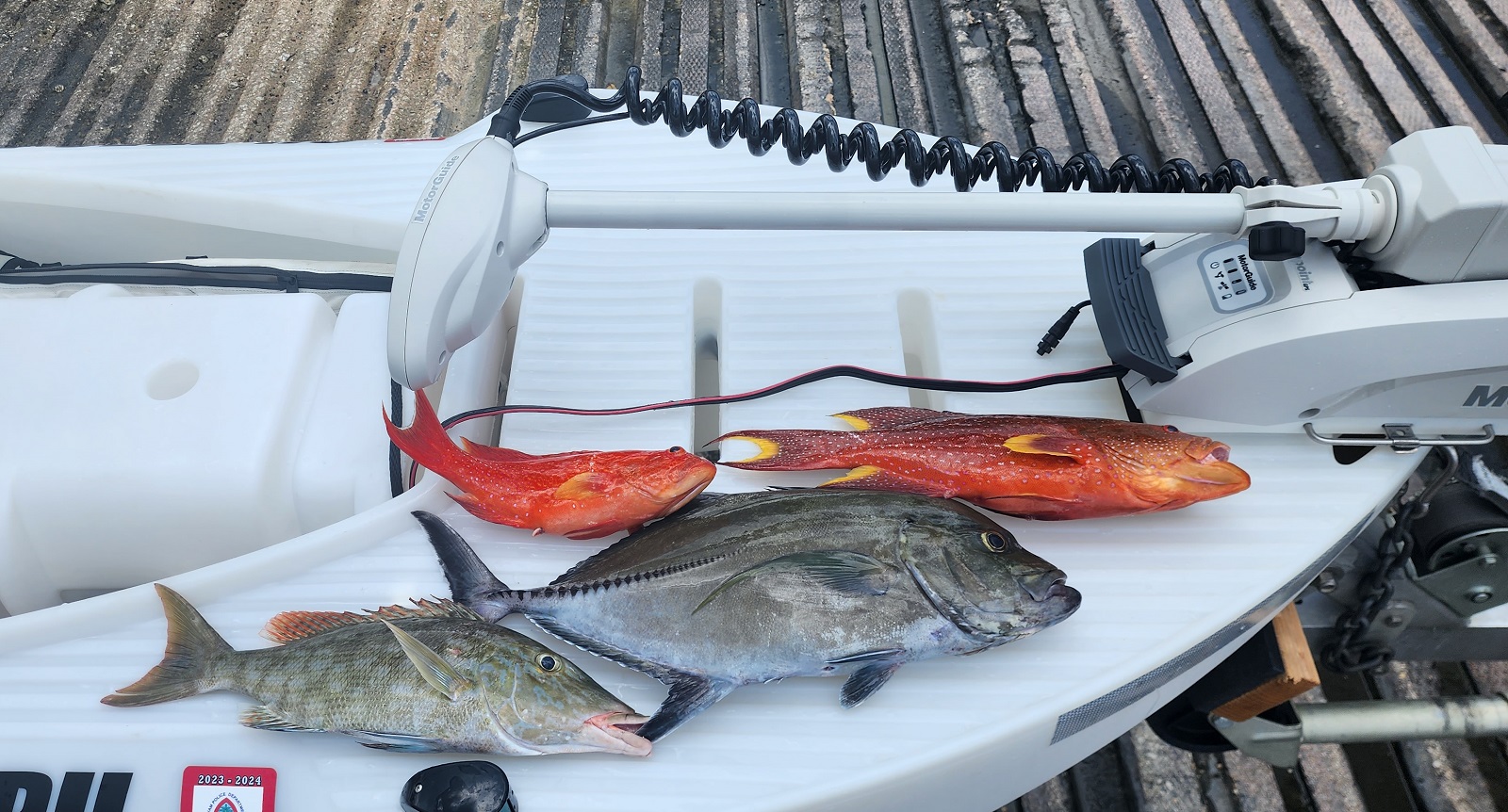
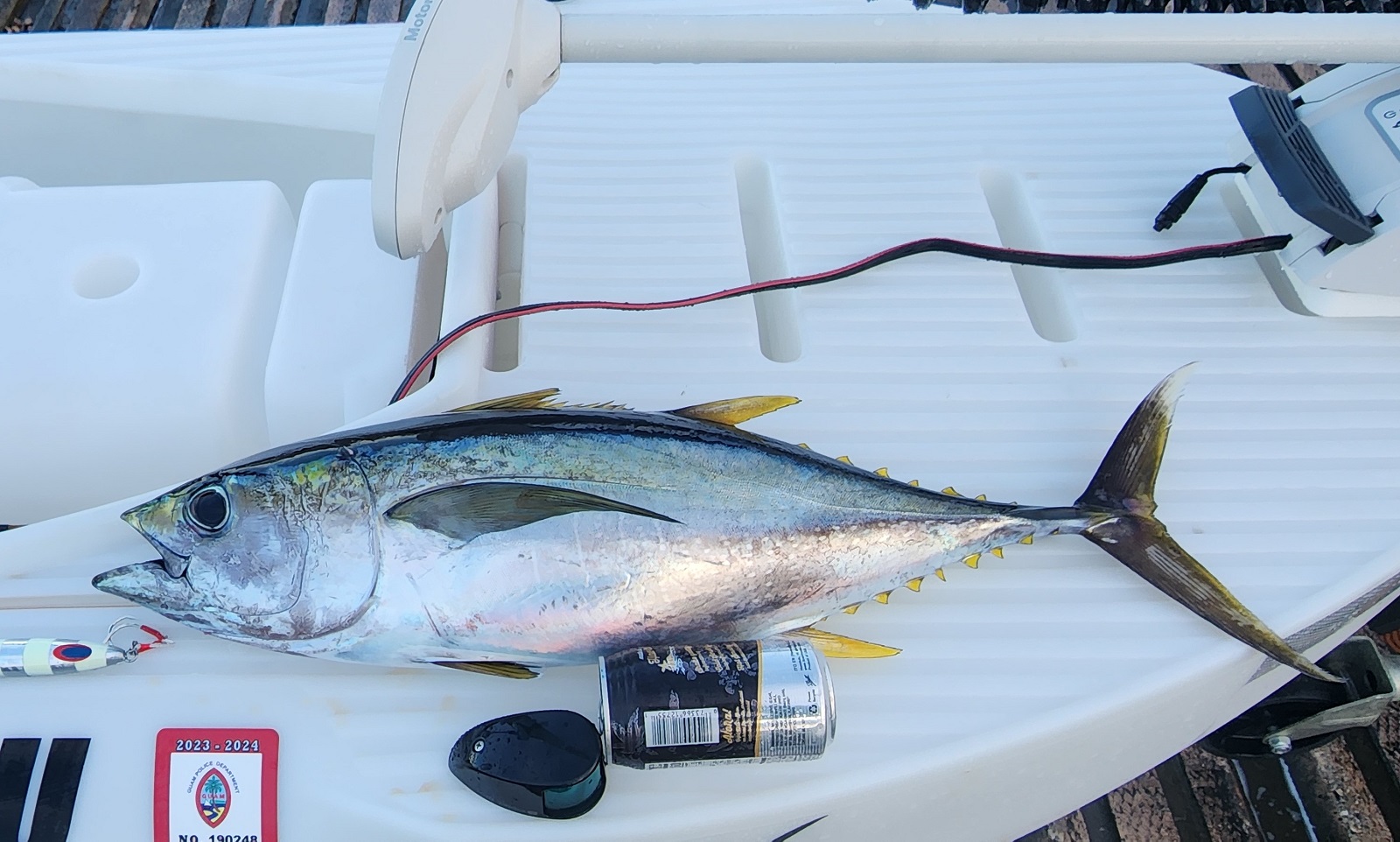
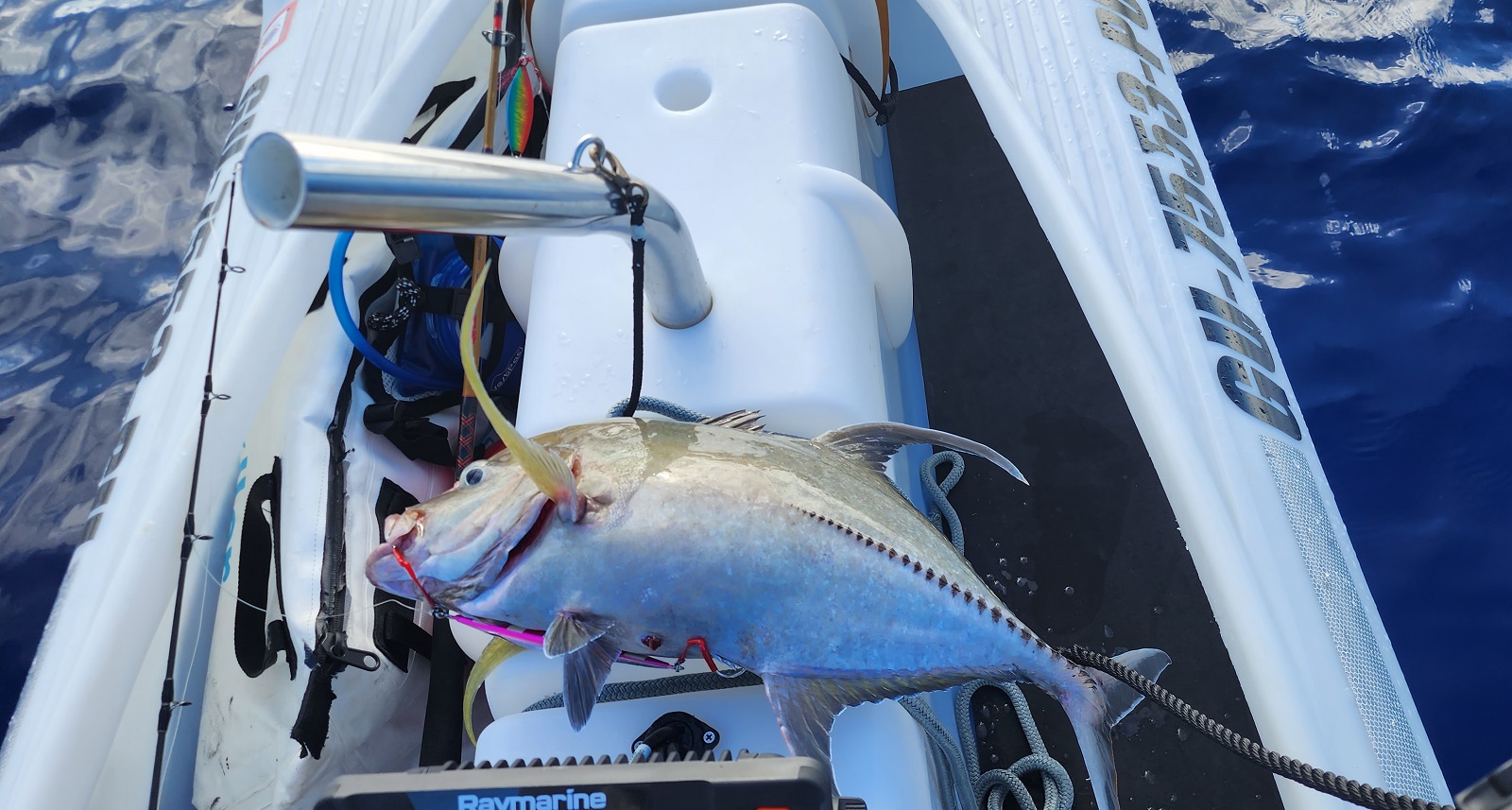

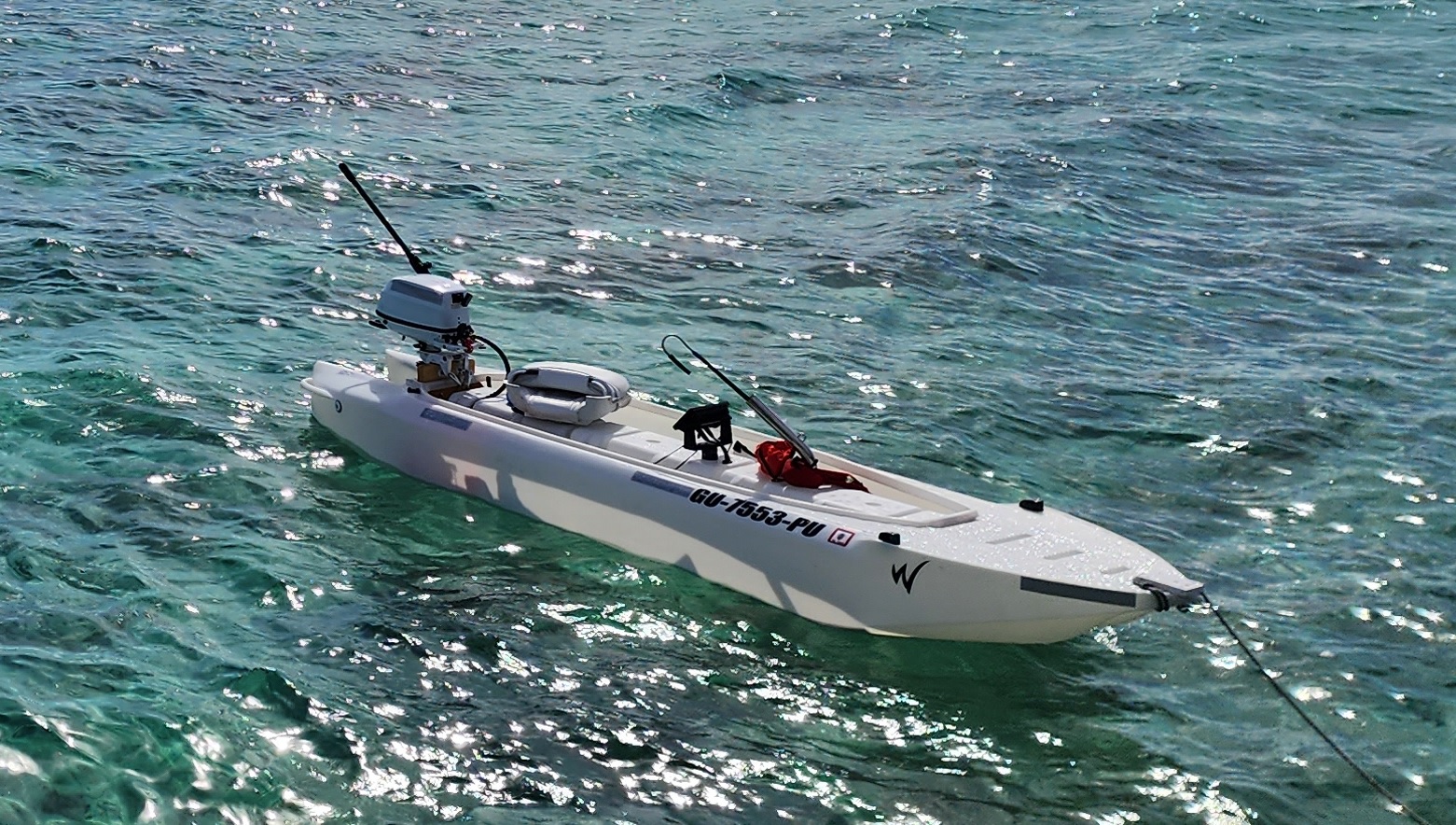
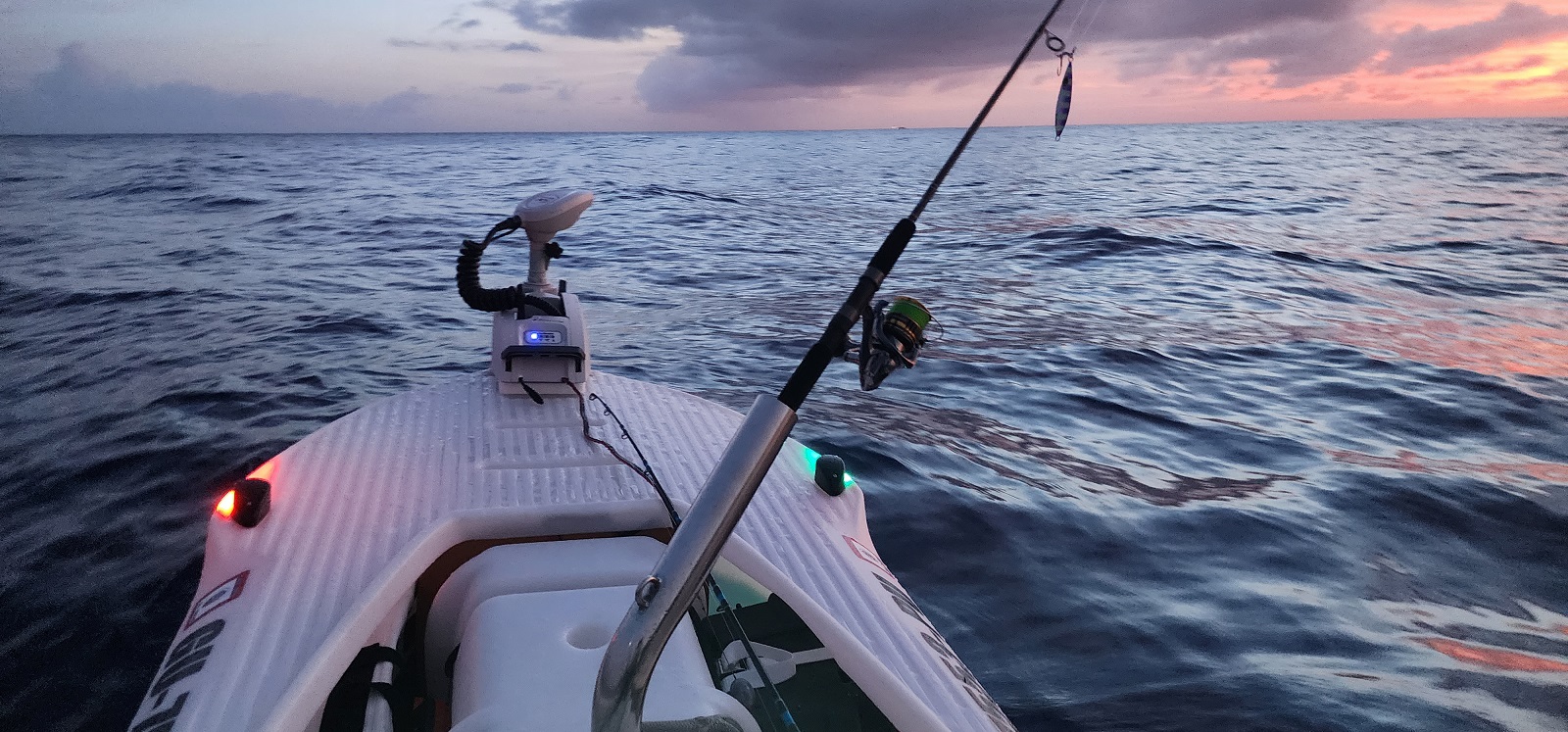 Fishing a full day costs me 20$ for 1 gallon of gas and ice. With the trailer setup it takes me less than 30 minutes from the time I hit the dock to home, including washing everything(boat, gear, flushing motor, transferring fish to cooler in truck and cleaning the fish bag in the s4).
Fishing a full day costs me 20$ for 1 gallon of gas and ice. With the trailer setup it takes me less than 30 minutes from the time I hit the dock to home, including washing everything(boat, gear, flushing motor, transferring fish to cooler in truck and cleaning the fish bag in the s4).